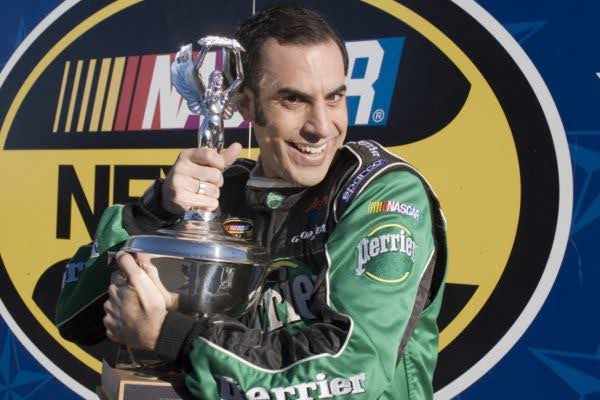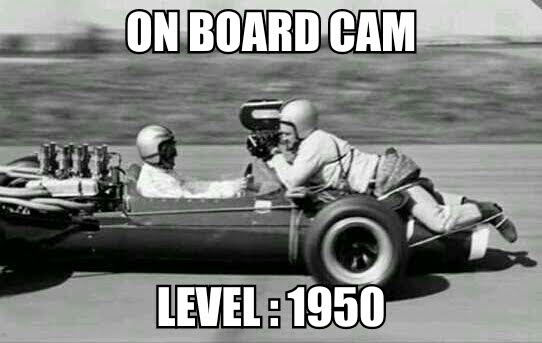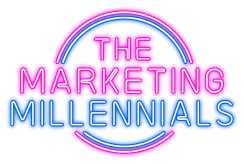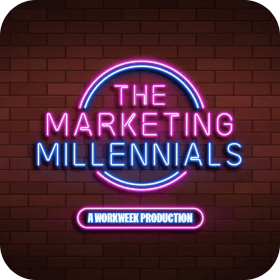How F1 went from niche to need-to-watch in the USA
Anyone that knows me, knows that I’m a HUGE F1 Fan.
But it wasn’t always like that.
When I was growing up, Formula 1 felt like something happening somewhere else. European accents, 7 a.m. race times, no real American heroes to root for.
It just didn’t stick and if you had a need for speed, then you were stuck watching NASCAR (no offense to the NASCAR fans).
So how did that shift happen and how did F1 become A1 in America?
For that, we have to go back…

The year is 2017, and the biggest deal in racing since Senna met Prost goes down…but it’s not on the track.
Liberty Media, an American media conglomerate (with a VERY fitting name to boot), buys Formula 1 for $4.4 billion.
To the average U.S. sports fan, it barely makes a blip.
But behind the scenes, the new owners have one goal: Make F1 mainstream in America.
This was no small task.
F1 had speed, money, and drama, but it also had a branding problem.
It felt cold, elitist, confusing, and IT DIDN’T HAVE A TON OF CRASHES.
Antithetical to everything Americans like.
The closest thing most people knew about F1 back then was Sacha Baron Cohen’s villainous character in Talladega Nights, a caricature with a French accent, a tiny dog, and a bottle of Perrier in hand.

F1 in America seemed like trying to serve espresso in the land of Monster Energy.
So what do you do when people don’t really GET your product?
When they don’t understand it, don’t see themselves in it, don’t even know where to start?
You give them a story.
And who would be the man to tell that story?
Chase Carey, a former Fox executive with a mustache like a Bond villain and a business brain like a chess grandmaster.

With his chops in the entertainment biz, Chase started doing what F1 had never done well.
Selling the show.
He took this high-octane, high-society sport and began shopping its media rights and stories to platforms that got modern content.
In 2019, that meant Netflix.
Level up your marketing game
Zero BS. Just fun, unfiltered, industry insights with the game-changers behind some of the coolest companies from around the globe.
No spam. Unsubscribe any time.
A platform with global reach, a growing appetite for original content, and a young, binge-happy audience who will become lifelong fans overnight.
In close creative collaboration (say that five times fast), Liberty Media and Netflix produced the show Drive to Survive, and with it, a masterclass in sports storytelling.

This wasn’t just behind-the-scenes access.
It was emotional access.
Soon, these European millionaire playboys weren’t so far out of reach.
They were relatable.
THEY WERE HUMAN.
They were guys in their twenties dealing with pressure, jealousy, insecurity, and imposter syndrome, just also in $300,000 fireproof suits.
And that relatability?
It cracked the code.
| PUT IT IN PRACTICE Give your audience someone to connect with. No one does business with brands anymore. They do business with people. Here’s your homework: Stop leading with product. Start leading with personality. Introduce the team. Show the behind-the-scenes. Give a day in the life. Make your audience FEEL something tension, excitement, loyalty, even a little chaos. Because once they care about the characters? They’ll follow the story anywhere. |
Soon, dedicated Tumblr blogs, Instagram meme pages, and thousands upon thousands of TikToks started flooding the internet.
It wasn’t just race recaps anymore.
It was FANDOM.
And the beautiful thing about fandom is that it compounds upon itself.
In 2018, Formula 1 averaged about 554,000 U.S. viewers per race.
By 2022, that number had more than DOUBLED to 1.21 million viewers per race, blowing the old managements numbers out of the water
F1 knew the moment was hot so they struck.
Hard.
They didn’t just add races.
They added experiences.
🌴 The Miami Grand Prix debuted in 2022 with yachts parked in a marina and A-listers (and B2B-listers, like yours truly) on every corner.
🎰 The Las Vegas Grand Prix returned in 2023, shutting down the Strip for a neon-lit night race that felt like Coachella meets Monaco.
🤠 And of course, the Austin Grand Prix kept delivering with massive crowds, Texas flair, and a die-hard fan base that had been holding it down since day one.

Each race became more than just a competition.
They became a SPECTACLE.
And just like that, F1 wasn’t playing catch-up in the U.S. anymore.
It was setting the pace.
Since then, F1 has doubled down on their story first strategy.
Because when you turn drivers into icons and team principals into household names, you don’t stop at docuseries and TikToks…
You make a movie.

Coming soon:
A Formula 1 feature film starring Brad Pitt, produced by Apple Studios, with none other than Lewis Hamilton as executive producer.
(Yes, THAT Lewis Hamilton.)
This isn’t some cash-grab side project.
They’re filming during real race weekend with real teams, and real F1 cars built just for the film.
It’s Top Gun: Maverick energy but on the grid.F1’s not just telling stories.
They’re building a universe.
MARKETING CHEAT SHEET (WHAT TO LEARN FROM THIS STORY):
1️⃣. Lead with story, not specs: F1 didn’t try to teach Americans the rules of racing. They introduced us to the rivalries, the egos, the heartbreak, and the stakes. They made us care about the people first, the speed came later. If your audience doesn’t get your product, don’t dumb it down. Just make them feel something.
2️⃣. Turn your brand into culture: F1 didn’t stay in its lane. It hit Netflix, TikTok, Tumblr, and the Strip in Vegas. It became something people wanted to be associated with. Not just a sport, but a vibe. The goal isn’t to go viral once. It’s to build something people want to rep, remix, and rally around.
3️⃣. Make your moments matter: Miami wasn’t just a race, it was a flex. Vegas wasn’t just fast, it was full-on spectacle. F1 made every U.S. appearance an event, and in doing so, owned the cultural calendar. Don’t just show up. Show out. Pick your moment and make it unforgettable.
IN A MEME



